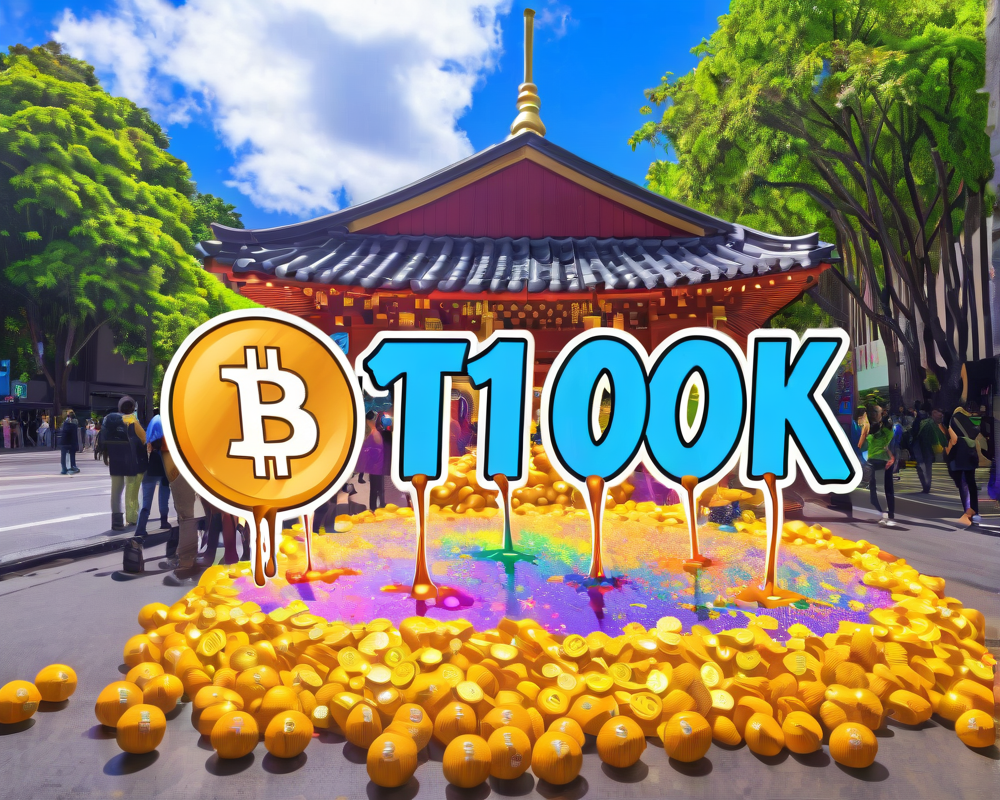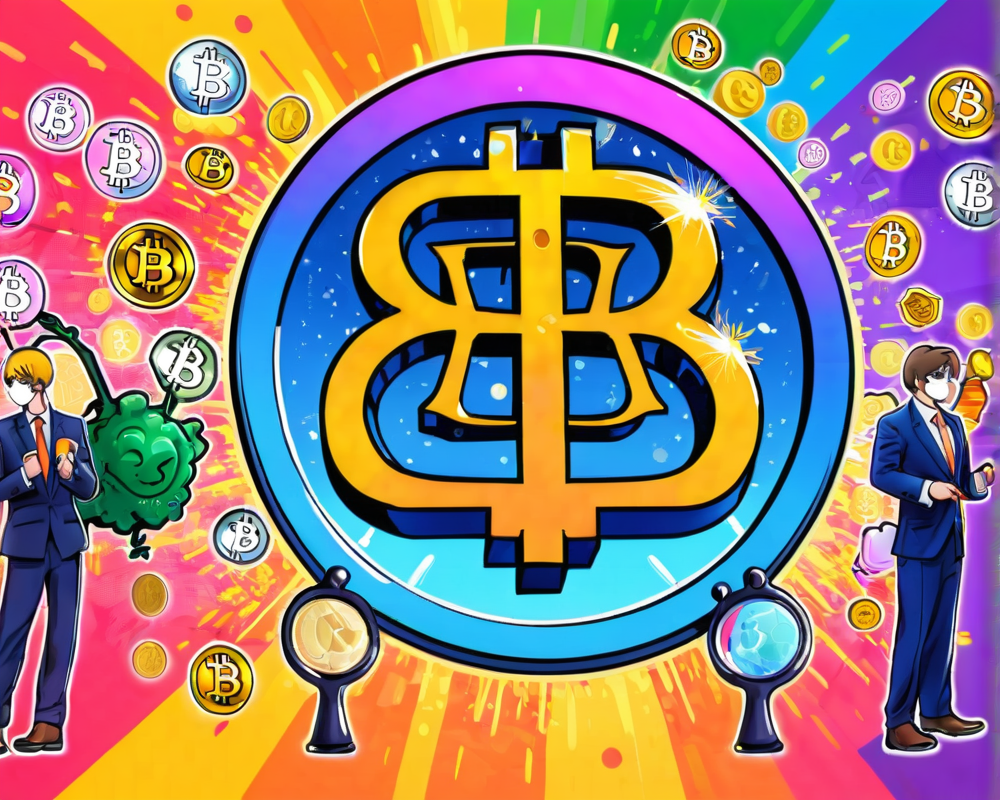Understanding Tokenomics
Tokenomics, the cool kid at the crypto party, is all about the hows and whys of digital currencies. It dives into facets like token allocation, supply strategies, and the big bad concept of token burns. Imagine tokenomics as the chef figuring out the recipe for decentralized finance (DeFi) projects. Without it, you’re just left with a suspicious stew!
It’s safe to say tokenomics plays a major role in the worth of every non-fungible token (NFT) and cryptocurrency. Understanding the law of supply and demand gives you a VIP pass to foresee the potential value of these assets.
Red Flags in Tokenomics
Now, here’s where things get tricky. Just like how a dumpster fire starts with a tiny spark, there are loopholes in tokenomics. Take, for example, a juicy initial supply allocation to insiders—an obvious pump and dump’s call sign. And don’t even get us started on the lack of guidelines for splitting tokens among founders, treasury, investors, and users. It’s more confusing than assembling IKEA furniture without the manual!
Enter veTokenomics: A Game Changer
In a bold move to curb these issues, the Curve protocol rolled out the revolutionary veTokenomics. Think of it as tokenomics with a spicy twist: tokens are locked up for a fixed period, bringing in long-term participation while also lowering market supply. Users receive veTokens in return—essentially tokens that are both untransferable and prime for governance.
- Users lock up tokens for anywhere from a week to four years.
- Owning veTokens allows you to control emission flow like a maestro directing an orchestra of liquidity.
Putting veTokenomics into Action
To get a grasp on how veTokenomics works, let’s peek behind the curtains at Curve. When liquidity providers offer their tokens, they earn LP tokens which can be exchanged for CRV tokens. Lock those CRV tokens in, and voila—you’ve got yourself veCRV! It’s like a backstage pass that allows you to influence where token emissions flow.
Enter Bob and Alex. Bob locks his tokens for two years, while Alex only commits for a year. Who do you think has more sway in this governance gig? Spoiler: it’s Bob, ensuring that long-term holders are rewarded for their commitment!
Pros and Cons of veTokenomics
Clearly, the handsome structure of veTokenomics rewards those willing to lock up their tokens, reducing overall selling pressure. In addition:
- Strengthens liquidity across pools.
- Aligns the interests of the protocol and its enthusiasts, making it a win-win.
But before we pop the champagne, there are significant drawbacks. Not everyone is keen on tying their fortunes to the long game. With extended lock periods comes opportunity cost—a fancy way of saying you might miss out on better deals elsewhere.
Future of Tokenomics: What Lies Ahead?
As we gaze into our crystal ball, the traditional model of governance tokens that simply grants voting rights may soon feel as outdated as dial-up internet. The veTokenomics model represents a vital evolution in the token game, harmonizing the interests of the protocol and participants alike. But there’s still room for growth and innovation.
It’s an exciting time for DeFi, with more protocols likely to incorporate veTokenomics into their operations. Just like that weird cousin who keeps showing up to family gatherings with new hobbies, tokenomics is bound to evolve and surprise us.




